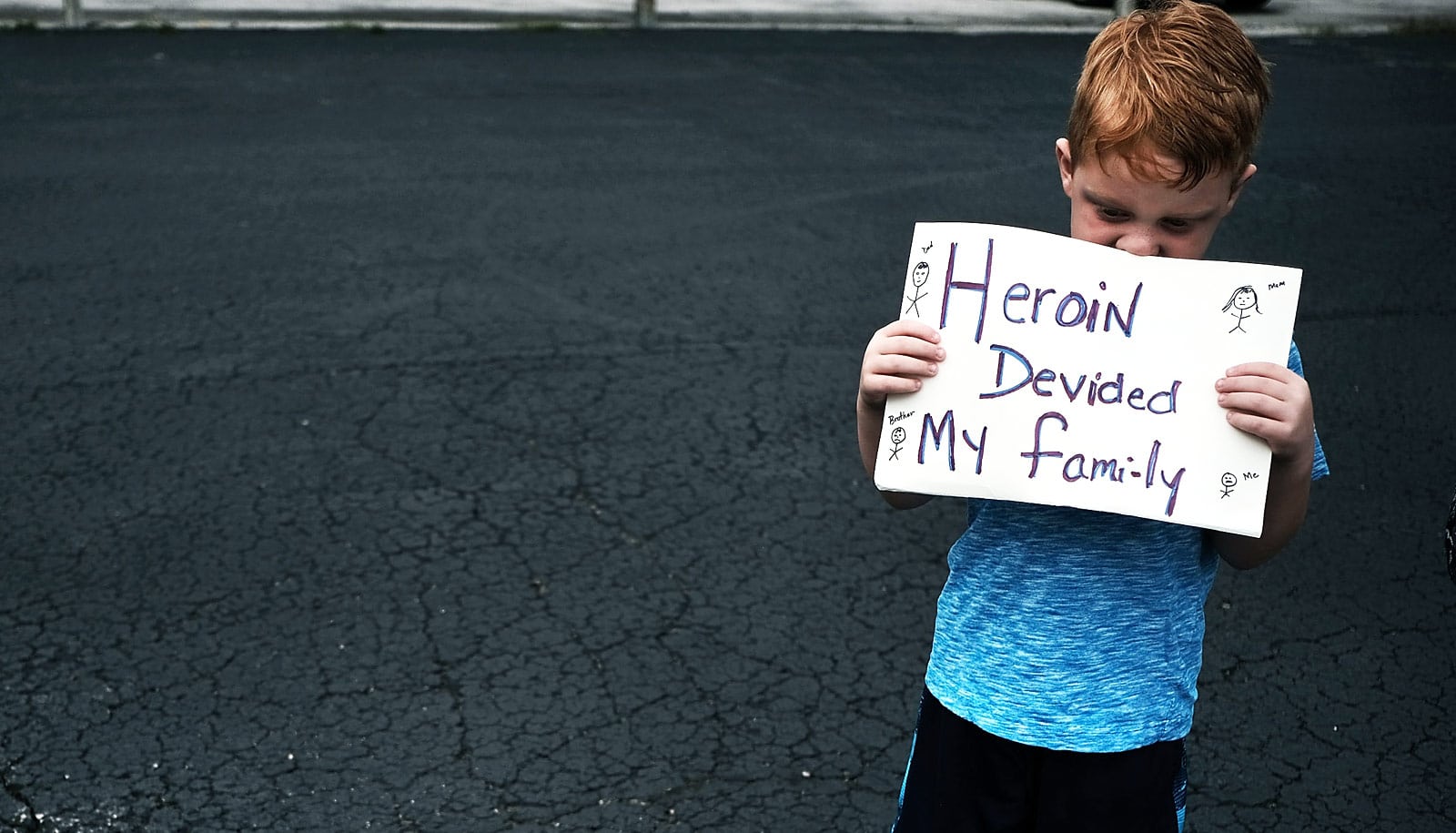Roughly 11% of high school seniors reported prescription drug misuse during the past year, and of those, 44% used multiple supply sources, according to new research.
More than 70% of adolescents who obtained prescription drugs from multiple sources had a substance use disorder—involving prescription medications, other drugs, and alcohol—within the previous year.
The national average for a substance use disorder for all adolescents is 5%, says senior author Sean Esteban McCabe, a professor at the University of Michigan School of Nursing.
Both studies in the Journal of the American Academy of Child and Adolescent Psychiatry find that adolescents using multiple sources for prescription medications were at high risk for other substance use and substance use disorders, among other disturbing patterns.
One study identified sources of misuse for three classes of prescription drugs—opioids, stimulants, and tranquilizers—and the differences in motives and behavior among 18,549 high school seniors. The other study identified sources of controlled medications and related behaviors in 103,920 adolescents ages 12 to 17.
A “very concerning” finding is that 30% of prescription drug misusers took their own leftover medication, with girls more likely to take leftovers than boys, says McCabe, who is also co-director of the University of Michigan Center for the Study of Drugs, Alcohol, Smoking and Health. Boys were more likely to obtain prescription drugs from friends or purchase them.
The most common sources for prescription drugs for 12-to-17-year-olds were getting them free from friends and relatives, physician prescriptions for opioids, and buying stimulants and tranquilizers illegally.
“These adolescents are most in need of intervention to address their substance use and any other medical and mental health issues,” says Ty Schepis, associate professor at Texas State University and lead author of one of the studies.
This is the first known research to look at adolescent misuse of leftover medications across these three prescription drug classes, McCabe says.
“The implications from these two studies could not be clearer,” McCabe says. “Parents, public health experts, and clinicians must rally to address this problem. There is a critical need for clinical workforce training to support clinic and school-based education, screening, prevention, and early intervention.”
Funding for the research came from the National Institute on Drug Abuse, and data came from the Monitoring the Future study and the National Survey on Drug Use and Health. Coauthors are from the University of Michigan, Harvard University, and the University of Central Florida.
Source: University of Michigan



